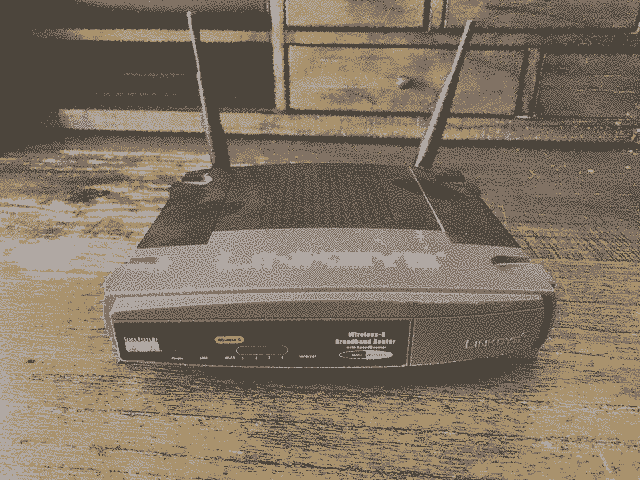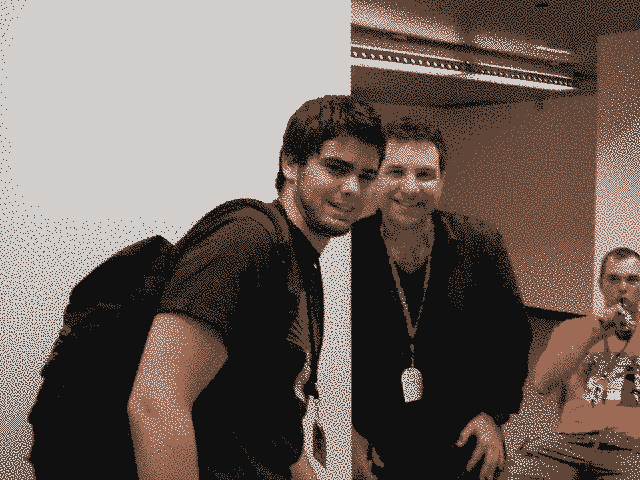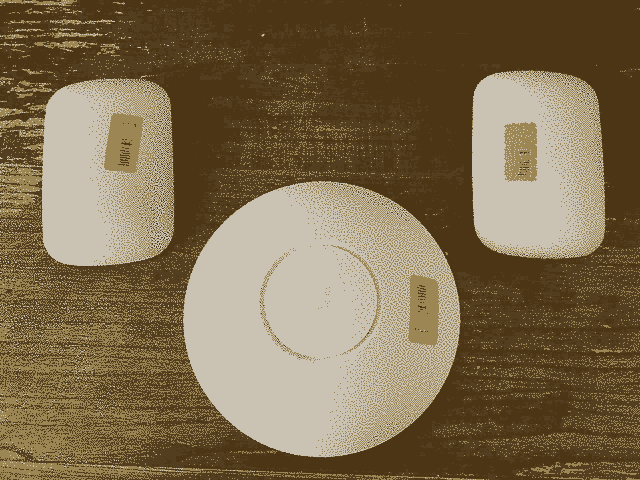The first computer I ever owned was an HP Pavilion 7850 desktop tower that I picked up at a thrift store for $16 at the start of my Junior year of high school in the Fall of 2003.
I distinctly remember booting it up to find that it ran Windows ME, and the previous owner was kind enough to leave all of their files on it for my perusal. At the time, we were one of the few families in my friend group with cable internet, but because we didn't have a wireless router, the privilege of getting online was reserved for the now-obsolete "Family Computer."
One Person's Trash is Another Person's Education
As a high school (and then eventually college) student, I didn't have the funds to purchase new computing equipment. What little I acquired over the next few years was from thrift stores, hand-me-downs, and swap meets.
That little Pavilion eventually got online because I found a Linksys WRT54G router at that same thrift store a few months later, and had a friend that was nice enough to donate an old no-name wireless receiver to go with it.

Hell, I still have the damn thing...
But this was my introduction to computing.
It didn't happen all at once, and it didn't happen in a classroom. It happened bit by bit, one interest and enhancement evolving into the next.
By the time I graduated high school, that little HP tower was running Gentoo (Linux on the Desktop, baby) and was what I did all of my school work and tinkering on. I upgraded the components piece by piece, eventually outgrowing the original case and moving into a neon yellow acrylic case gifted to me by a friend who couldn't stand how bright it was in the corner of his bedroom.
After enough time, I had upgraded enough parts to have two computers, one to use as a server and another for personal computing.
Ship of Theseus? More like Tower of Flower.
Bit by Bit, Byte by Byte
While I was lucky enough to get accepted into an alternative learning program my Junior and Senior years of high school to get more exposure to the world of IT, my real education happened on my own time, driven by my own curiosity.
By my Sophomore year of college, I was running my own infrastructure out of a cramped studio apartment, still on second-hand gear. I learned DNS and DHCP, SSH and FTP, SMTP and HTTP. I ran a mail server out of my closet, and a web server under my bed. I didn't have access to "real" equipment, but I learned on the go, and every service I could host myself I did.
My apartment was my data center.
But that wasn't enough. I had bills to pay and lessons to learn, so I leveraged what I was teaching myself to earn a student job as a Systems Administrator at the Center for Integrated Plasma Studies (CISP) within the University of Colorado at Boulder campus, where I was given money in exchange for tinkering with computers; honestly, it felt like a cheat code to life. Systems Administration is an underrated career path, with occasional high stress events bookended by a ton of downtime and opportunities to learn.
By the time I graduated college, I had mediocre grades but a killer resume. I worked at CISP for two years, spent a summer racking servers at DirecTV, earned an internship at the National Security Agency, helped bootstrap the first student-led cybersecurity team on campus, and ran the computer lab for the entire Computer Science department.

I even got to go to a few hacker conferences and accost Kevin Mitnick for a photo.
Today, Tomorrow, and Tomorrow++
It should probably come as no surprise reading this, but I still prioritize practical application over academic knowledge. At the end of the day, I think that what matters is what you can do, not what you know, because one of those things can be outsourced to a search engine, while the other requires a combination of experience and (for lack of a better word) gumption.
It's been 21 years since I truly started on this journey, and just as much is the same as has changed. I still believe that growth in this industry comes from a place of curiosity, and while I have a little more liquidity to buy the hardware I want (rather than just need), I've found that nothing inspires me more than making do with what I have.

I just picked these babies up this week to see what all the fuss is about.
Getting started is as simple as solving one problem with one device. Whether it's getting more control over your home network by flashing dd-wrt onto an old router (of which there are many at the thrift store), or turning an old laptop into your very first Linux server, let your curiosity drive you.
--
If you like this post or one of my projects, you can buy me a coffee, or send me a note. I'd love to hear from you!
--
This is post 057 of #100DaysToOffload